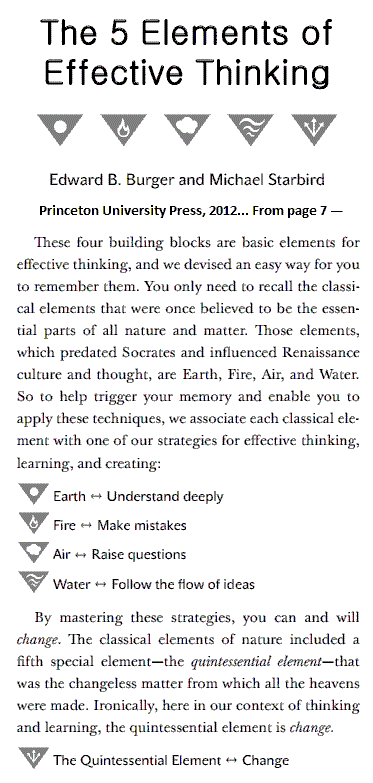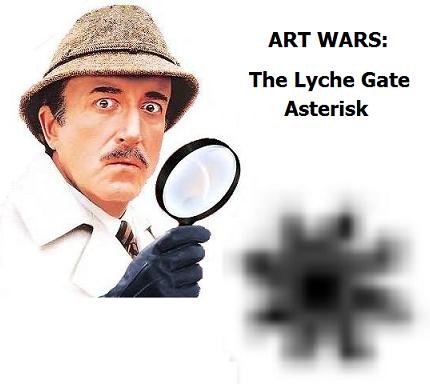Horse Sense
Mathematicians are familiar with the emblem of Springer Verlag, the principal publisher of higher mathematics.
Ferdinand Springer, son of Julius Springer, founder of Springer Verlag, “was a passionate chess player and published a number of books on the subject. In 1881 this personal hobby and the name Springer led the company to adopt the knight in chess (in German, Springer) as its colophon.”

Hermann Hesse on a certain sort of serenity:
“I would like to say something more to you about cheerful serenity, the serenity of the stars and of the mind…. neither frivolity nor complacency; it is supreme insight and love, affirmation of all reality, alertness on the brink of all depths and abysses; it is a virtue of saints and of knights; it is indestructible and only increases with age and nearness to death. It is the secret of beauty and the real substance of all art.”
— From The Glass Bead Game
A saint and a knight, Jeanne d’Arc, was memorably portrayed by Milla Jovovich in The Messenger.
(Jovovich seems fated to play more-than-human characters in religious epics; see The Fifth Element.)
Another Springer, related to horses and to the accusation of witchcraft faced by Jeanne d’Arc, is Nancy Springer, the author of
The Hex Witch of Seldom.
Springer has written a number of books about horses, as well as other topics.
All of the above…. especially the parts having to do with mathematics and horses… was prompted by my redrawing today of a horse-shape within mathematics. See my entry The Eight of April 4, 2003, and the horse-figure redrawn at right below.
|

Springer
Verlag
|

The
Messenger
|

A
7-Cycle
|
Believers in the story theory of truth may wish to relate the gifts of Jeanne d’Arc and of the girl in The Hex Witch of Seldom to the legend of Pegasus. See, for instance,
Plato, Pegasus, and the Evening Star.
For another connection between mathematics and horses, see Sangaku.









 .
.










